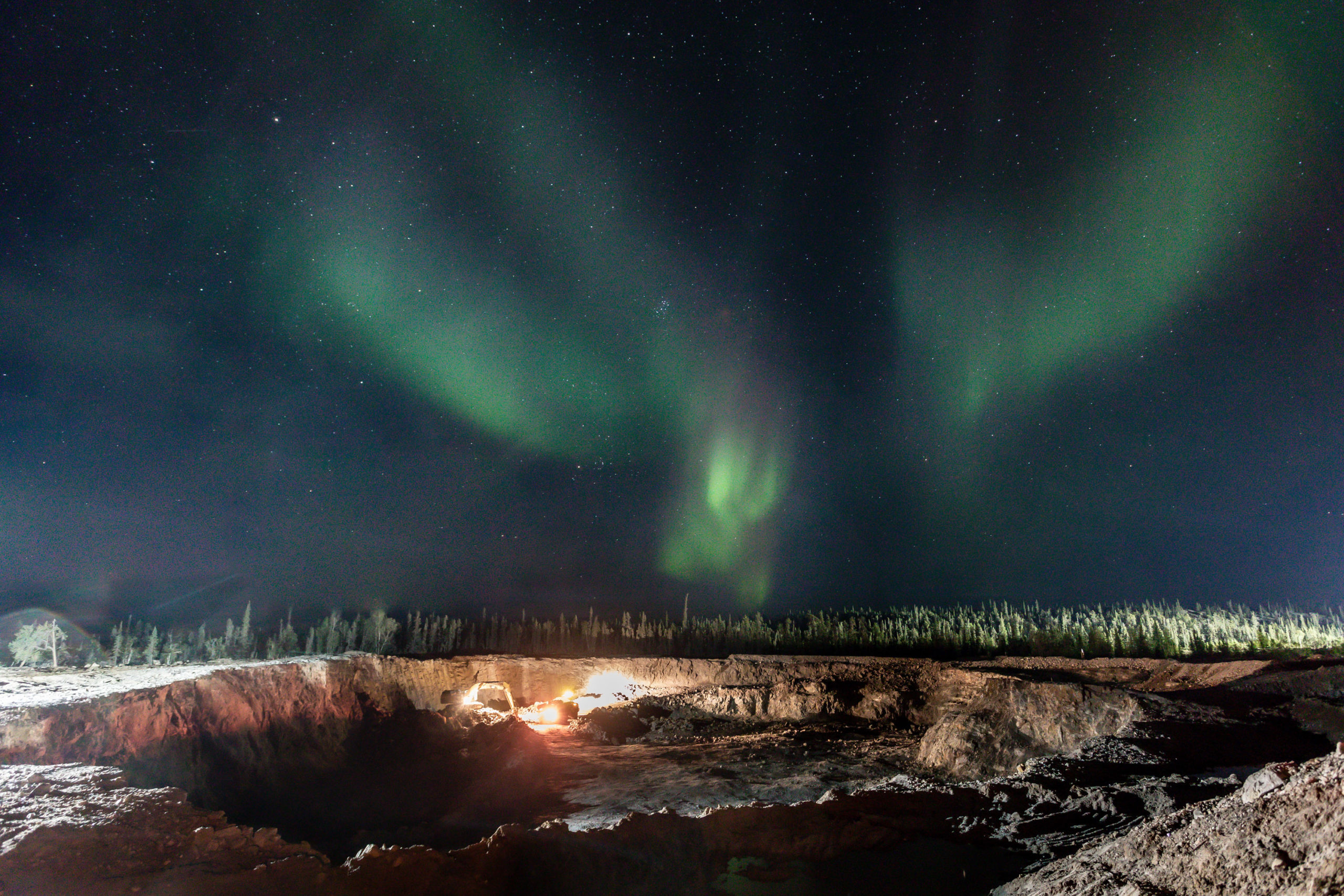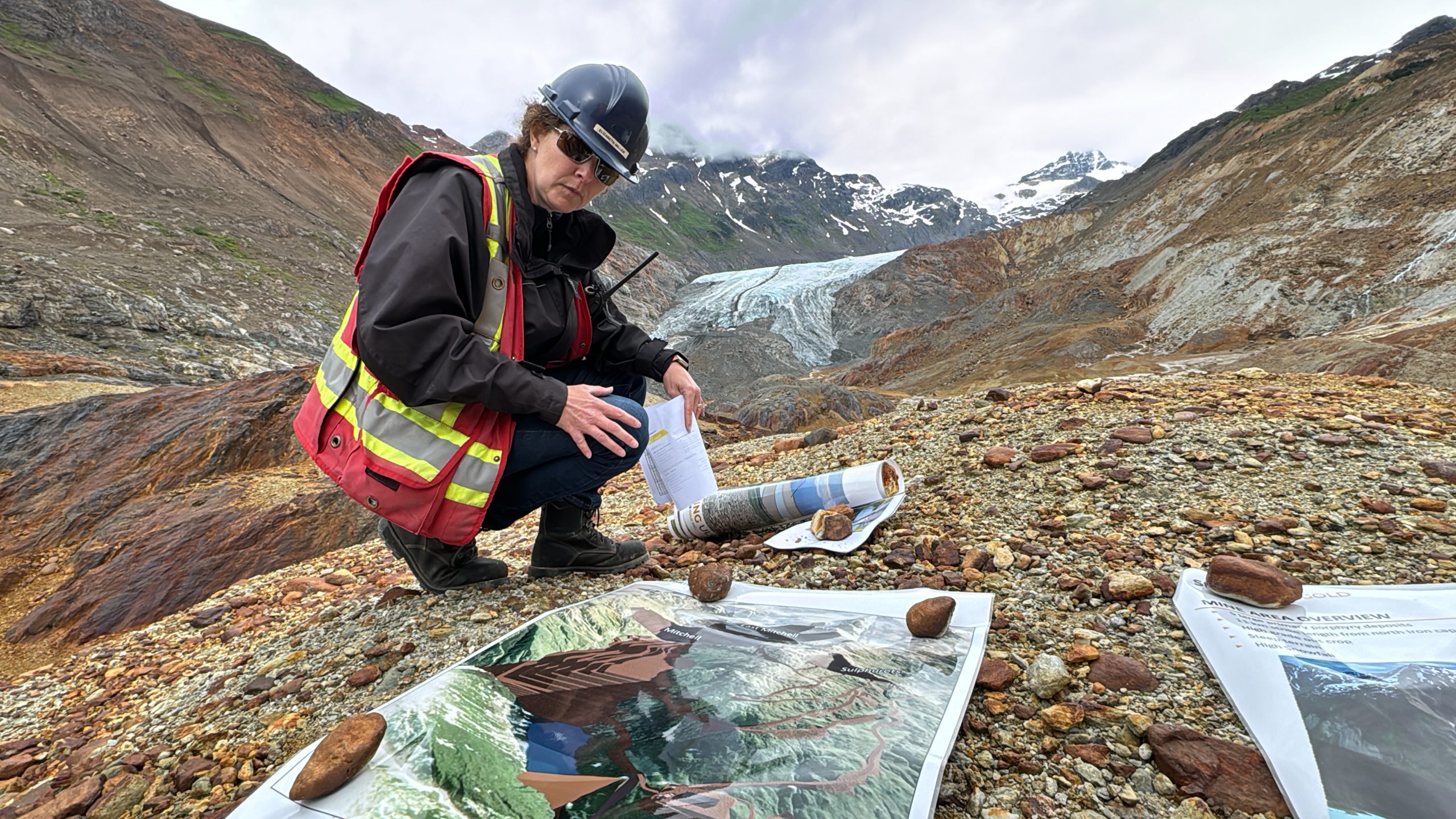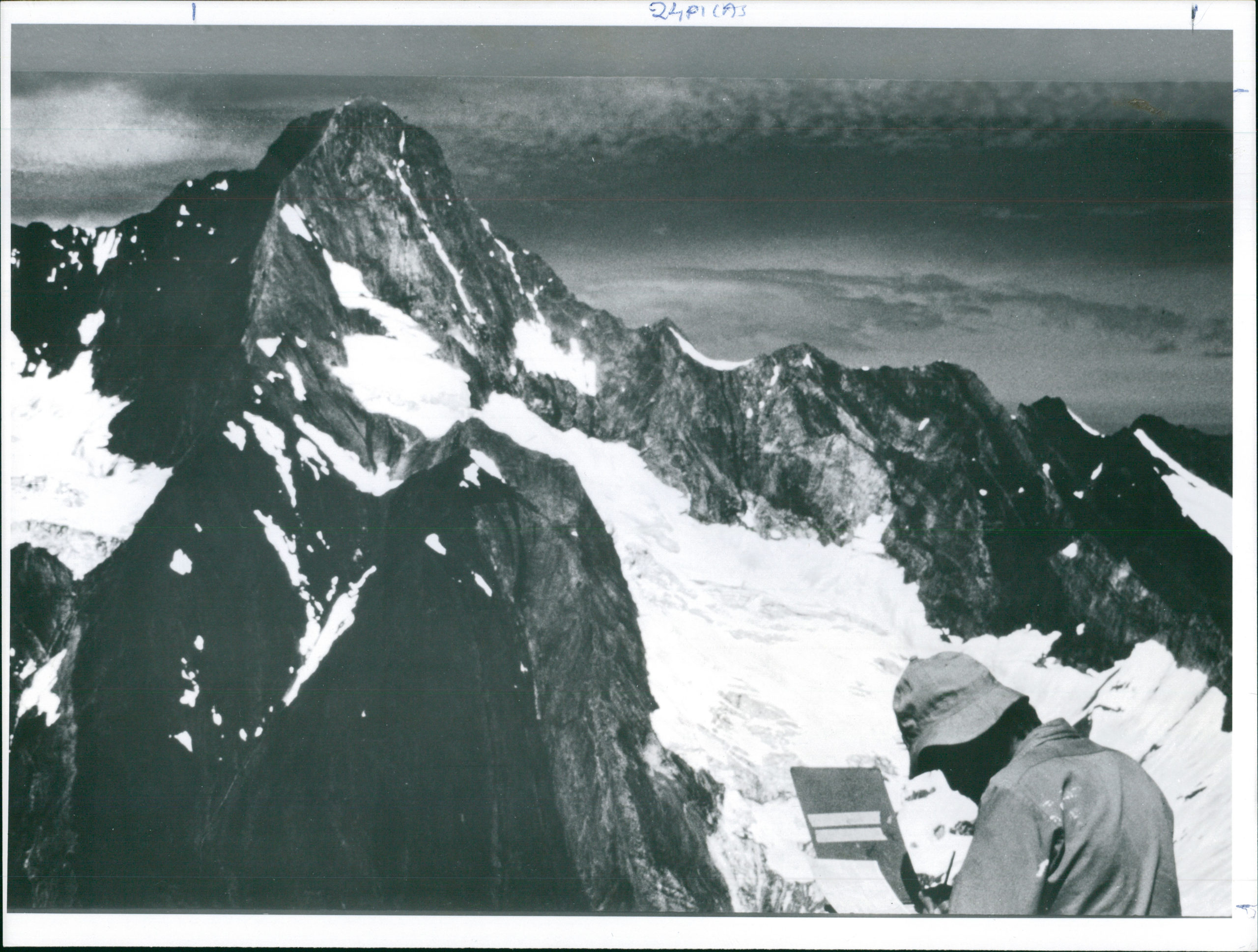In a study published in the journal Scientific Reports, the Japanese researchers explain that they used X-rays and ultraviolet spectroscopy to learn more about the process that allows Prussian blue to uptake multi-valent metals.
“I was surprised to discover that Prussian blue uptakes the platinum-group precious metals by substitution with iron ions in the framework while keeping the jungle-gym structure,” Jun Onoe, one of the scientists involved in the discovery, said. “This mechanism allows Prussian blue to uptake more gold and platinum-group metals than conventional biobased absorbents.”
The researcher pointed out that this study also allowed him and his team to show a way to solve one of the major problems of disposing of nuclear waste.
Currently, spent nuclear fuel generated from power plants is taken to a reprocessing plant where the radioactive liquid wastes are converted into a glass-like state for geological disposal. In this process, leftover platinum-group metals often settle on the sidewall surface of the melter, therefore, creating an uneven distribution of heat. This imbalance affects the quality and stability of the vitrified objects and increases costs as the melter must be flushed before it can be used again.
“Our findings demonstrate that Prussian blue or its analogues are a candidate for improving the recycling of precious metals from nuclear and electronic wastes,” Onoe said. “Especially when compared to conventionally used bio-based adsorbents/activated carbons.”
In the scientist’s view, by making the recycling of metals more efficient, Prussian blue or its analogue, promises to make the recycling more environmentally and economically friendly.




